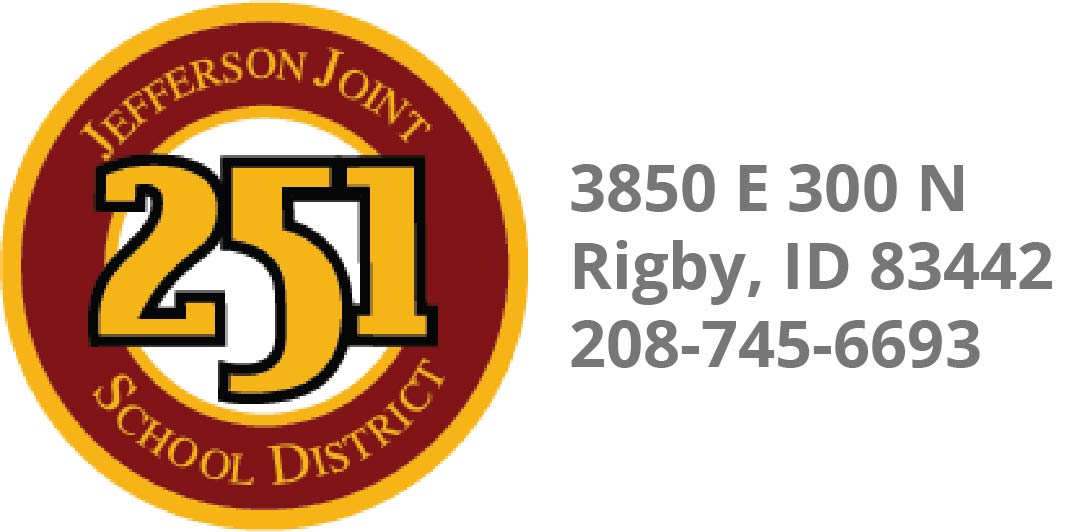Jefferson County #251
Title I
Page Turner by SVGBackgrounds.com
Contact Information
Matt Hancock
Director of Federal Programs
(208) 745-6693 Ext 1123
Any student who is not older then 21, has not yet met the appropriate grade level standards, and is entitled to a free public education, is eligible to participate in Title I. All of our qualifying Title 1 schools are designated as school wide so any student who attends is eligible for services based on their needs. The following are some of the ways students are identified for services.
- Universal Screening (Assessing all Students)
- Teacher or Parent Recommendation (K-2)
- Students Achievement Data (Idaho Standards Achievement Test, Idaho Reading Indicator, District Standards Assessment)
- Migrant Students
- Homeless Students
If the Migrant or Homeless Student who is already meeting State Standards for their assigned grade level does not require services.
Programming
Title I must be research based and shown to improve the academic achievement of at-risk children. Our programming is delivered in one of two ways; Push-in, where a Title I Teacher and Paraprofessional work in the child’s regular classroom, or Pull-Out, where the students leave the classroom to receive intervention help. Generally, in 1st through 5th grade the intervention sections are 20 minutes long based on small group intervention. Classroom teachers select programming and instructional practices that are approved and will best meet the needs of their students.
Our district has reviewed and identified the following programs and strategies to be used in all our Title I Schools.
- Wonders ELA curriculum
- Words Their Way
- 95% Curriculum
- Six Minute Solution
See District Literacy Support Guide
Assessment
One of the critical components of a successful intervention is having quality assessments to track the progress of students. This assessment information is compiled into two types, benchmark assessments and progress monitoring assessments. Benchmark assessments are conducted three times a year and are meant to be snapshots of overall performance. Progress monitoring assessments are administered frequently to show ongoing improvements.
Professional Development
One of the areas that is vital for the success of any intervention and implementation of a program is ongoing professional development. We provide professional development through PD days at the district level, specific PD at the school level and with our Instructional and ESL Coaches at all levels.
This training includes both the regular classroom teachers, Title I teachers and their paraprofessionals. This is part of our continued support in maintaining highly qualified staff.
Parental Involvement
This is a critical component to No Child Left Behind we strive to include parents in all aspect of their child’s interventions. We provide Parent-Teacher Conferences to discuss progress that the students are making. We also help parents make an informed decision regarding school choice or supplemental educational services where applicable. The district also requires parent information meetings focused specifically on the Title I program, Parent Involvement Plan, policy review, and transitions meetings. Other ways that we include parents are as follows:
- Encourage parent’s participation on the school and district levels
- Parents participate in on our schools Title 1 Team
- Parents participate in our annual Title 1 program review and parent involvement plan
Program Evaluation
Each year a program evaluation is completed for Title I. The evaluation includes four components.
- Federal Compliance – School’s or program directors provide all the necessary documents regarding compliance with federal law as outlined by the appropriate compliance calendars.
- Program Goals – Each school sets a program goal at the beginning of each year using the SMART Goal’s process. These goals are based off the strategic plan and student achievement goals for the district. At the end of the year program review these goals are reviewed to determine the effectiveness of the program and then a final report is written and posted on the school webpage outlining whether those goals were accomplished or not.
- Walk Through/instructional observations – The principal and assistants will collect data from a walkthrough process to monitor that there is fidelity to the outlined program.
Program-Evaluation – Each spring the Title I team at each school which includes, Paraprofessionals, teachers, parents and Principal complete a program evaluation and set goals for the following year
